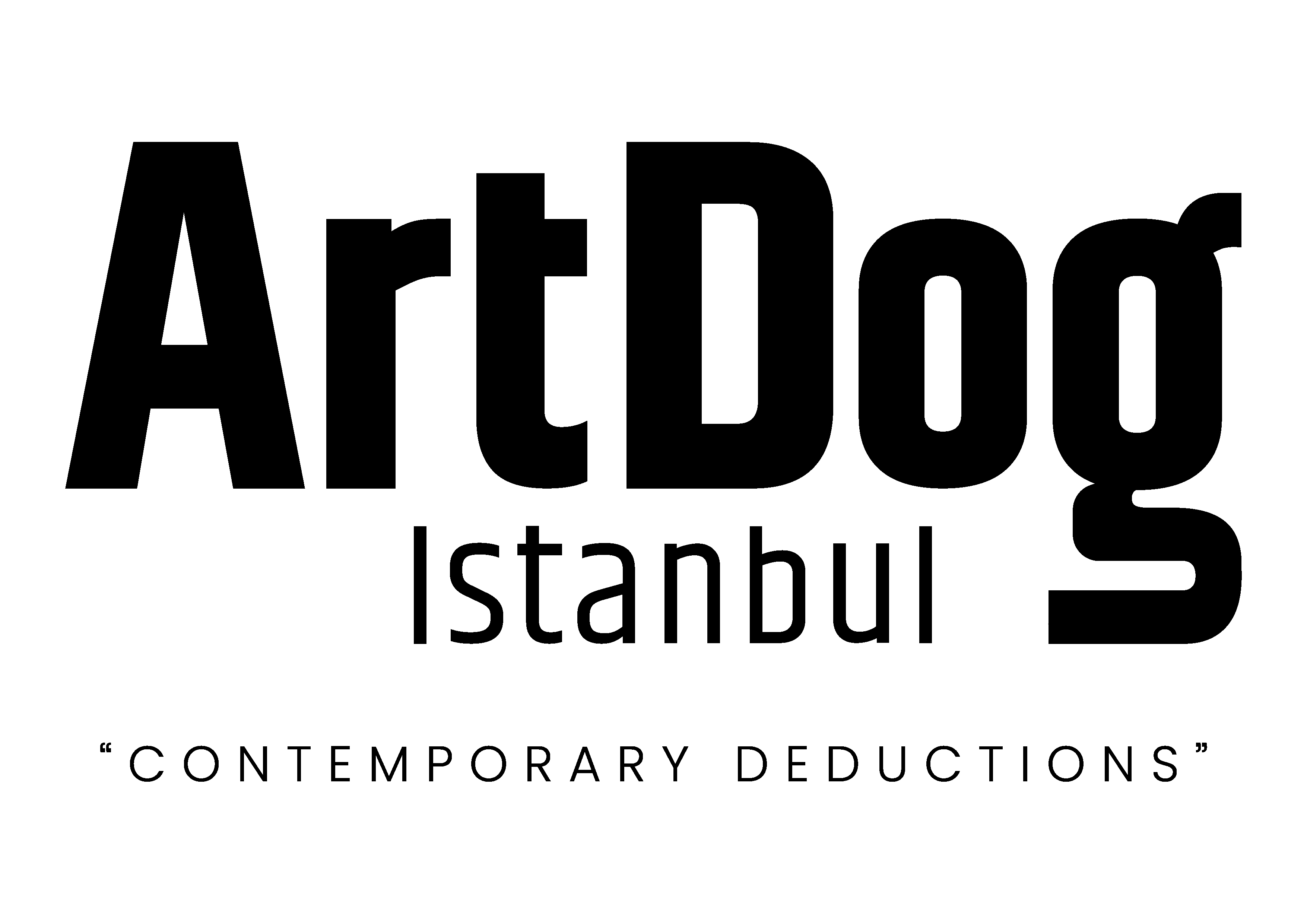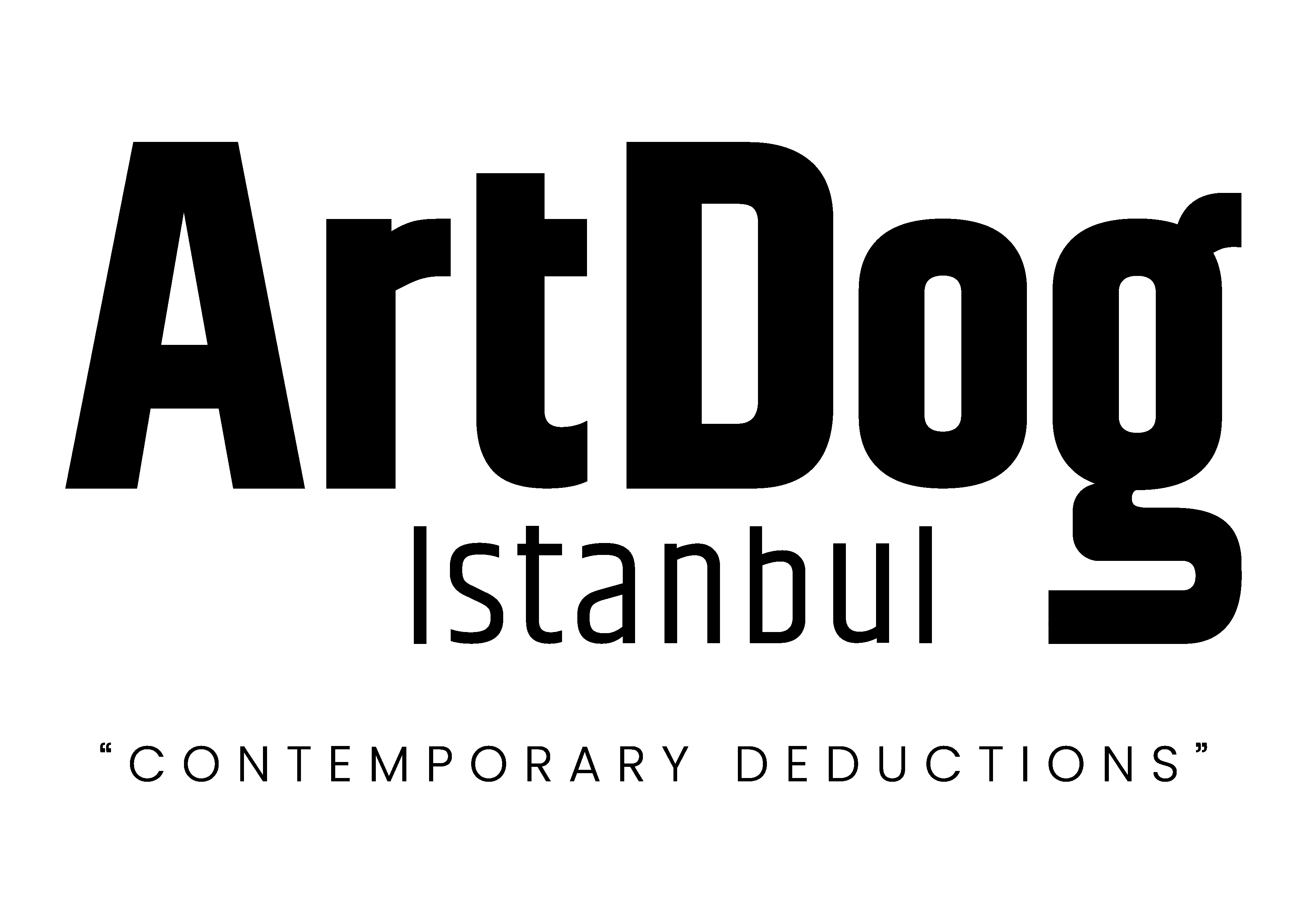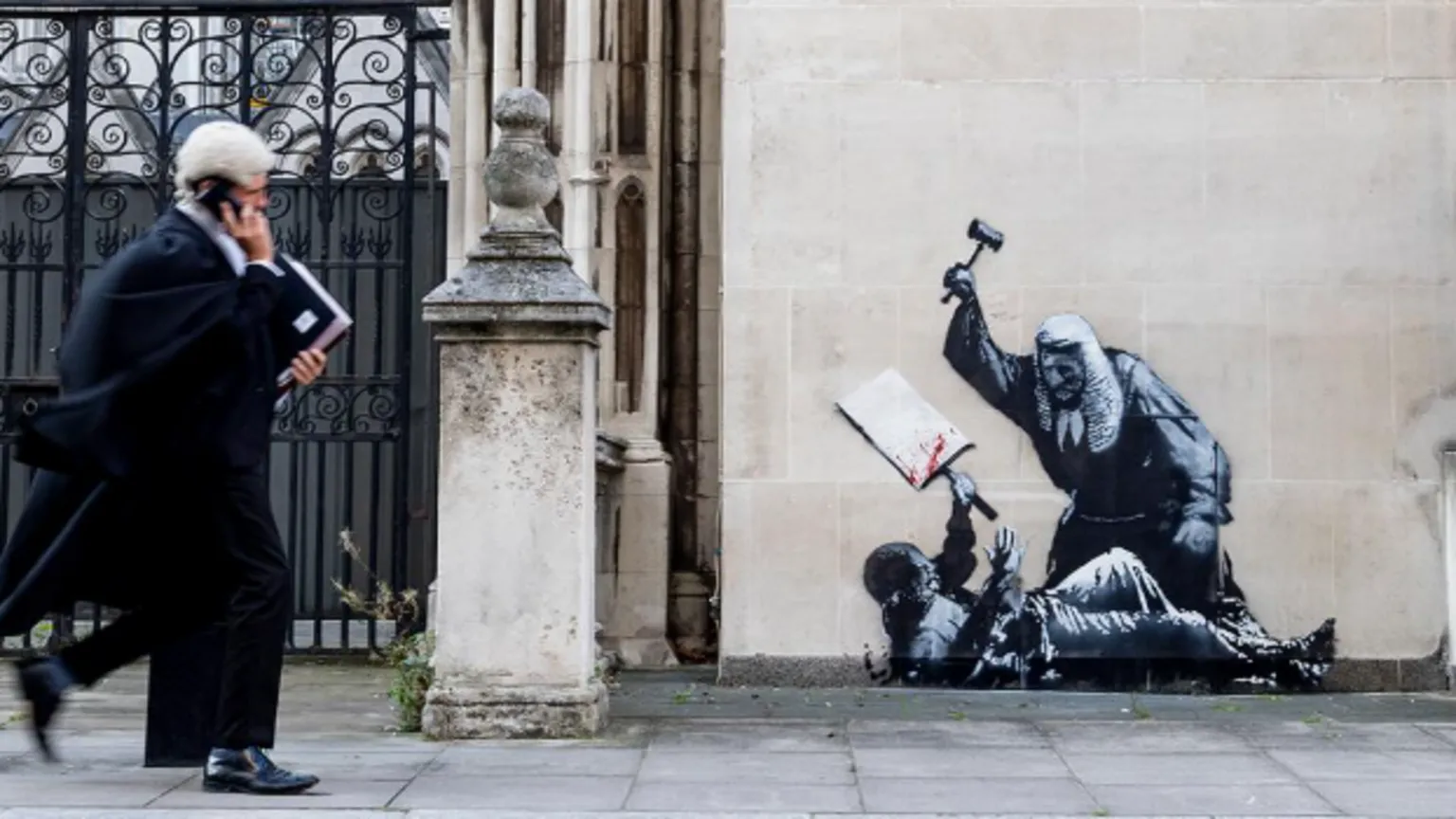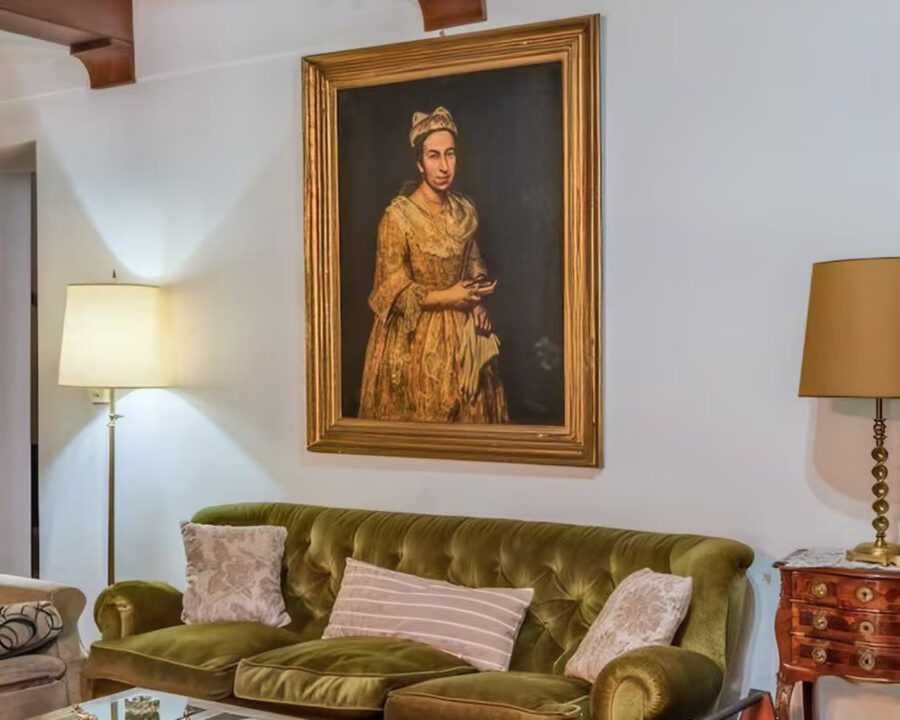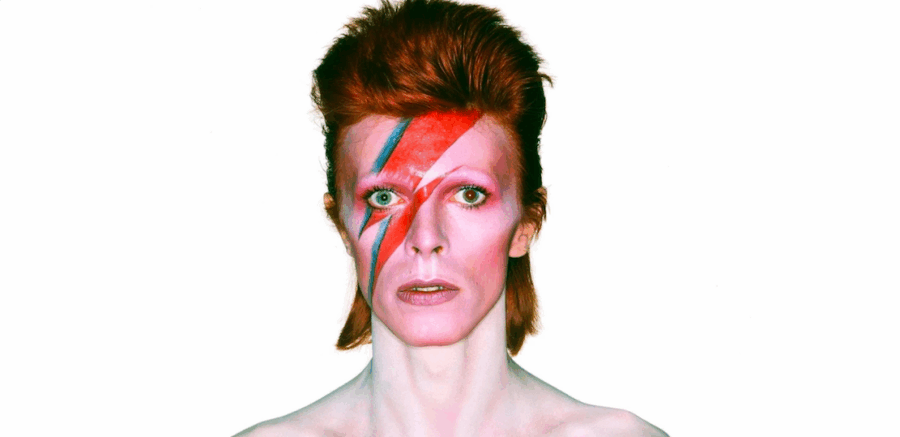Banksy has painted a scene on the wall of the Royal Courts of Justice, depicting a judge pinning down a protester covered in blood. The mural appeared just two days after protests against the ban on Palestine Action, amplifying the irony of justice colliding with violence.
On the exterior of the Royal Courts of Justice in central London, a new mural signed by Banksy has appeared. Confirmed by the street artist on Instagram with the caption “Royal Courts Of Justice. London.”, the work portrays a judge in wig and black robe pressing a fallen protester into the ground, blood pooling around the figure.
The Irony Between Protest and Justice
Although the mural does not directly reference a specific incident, its timing—emerging only two days after protests against the ban on Palestine Action in London—anchors it in the present. With nearly 900 people arrested during these demonstrations, Banksy’s work resonates with a powerful context. The choice of site—a courthouse, symbolic of justice—turns the mural into a new chapter in the artist’s ongoing critique of power, justice, and violence.
The mural quickly became a trending topic on social media and was swiftly fenced off with metal barriers. The CCTV camera mounted just above the work adds another layer of irony to Banksy’s systemic critique.
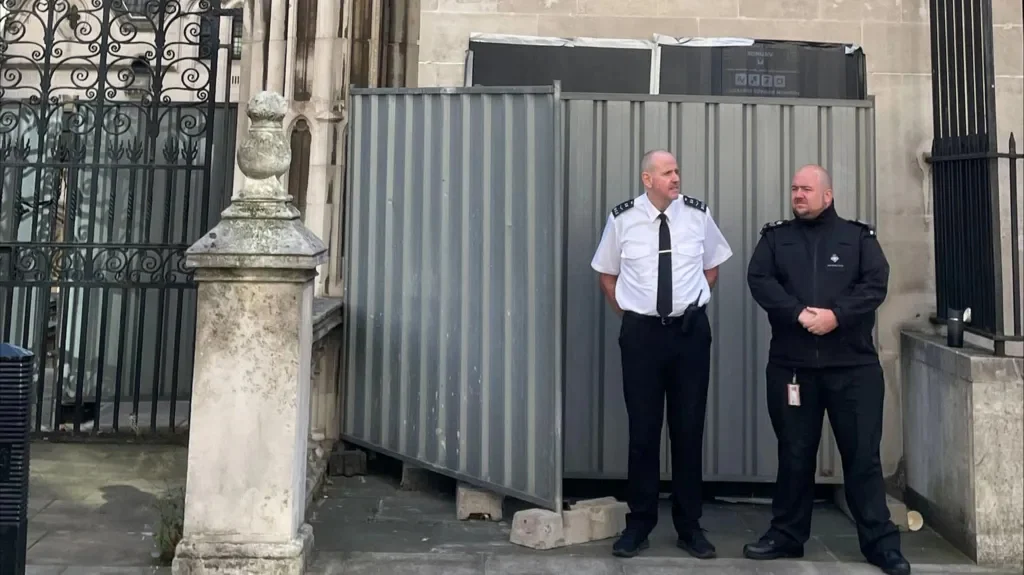
Banksy’s Dialogue with the City
The Bristol-born artist’s works frequently carry sharp satire targeting government policies, capitalism, and war. Just last summer, he transformed London’s streets with an “animal-themed” campaign—from piranhas swimming in a police booth in the City of London to a wolf figure placed on the roof of a shop in Peckham, sparking public debate.
His latest work at the Royal Courts of Justice not only reaffirms Banksy’s place in the political memory of the city but also highlights how the concept of justice itself has become a contested terrain in contemporary Britain.



